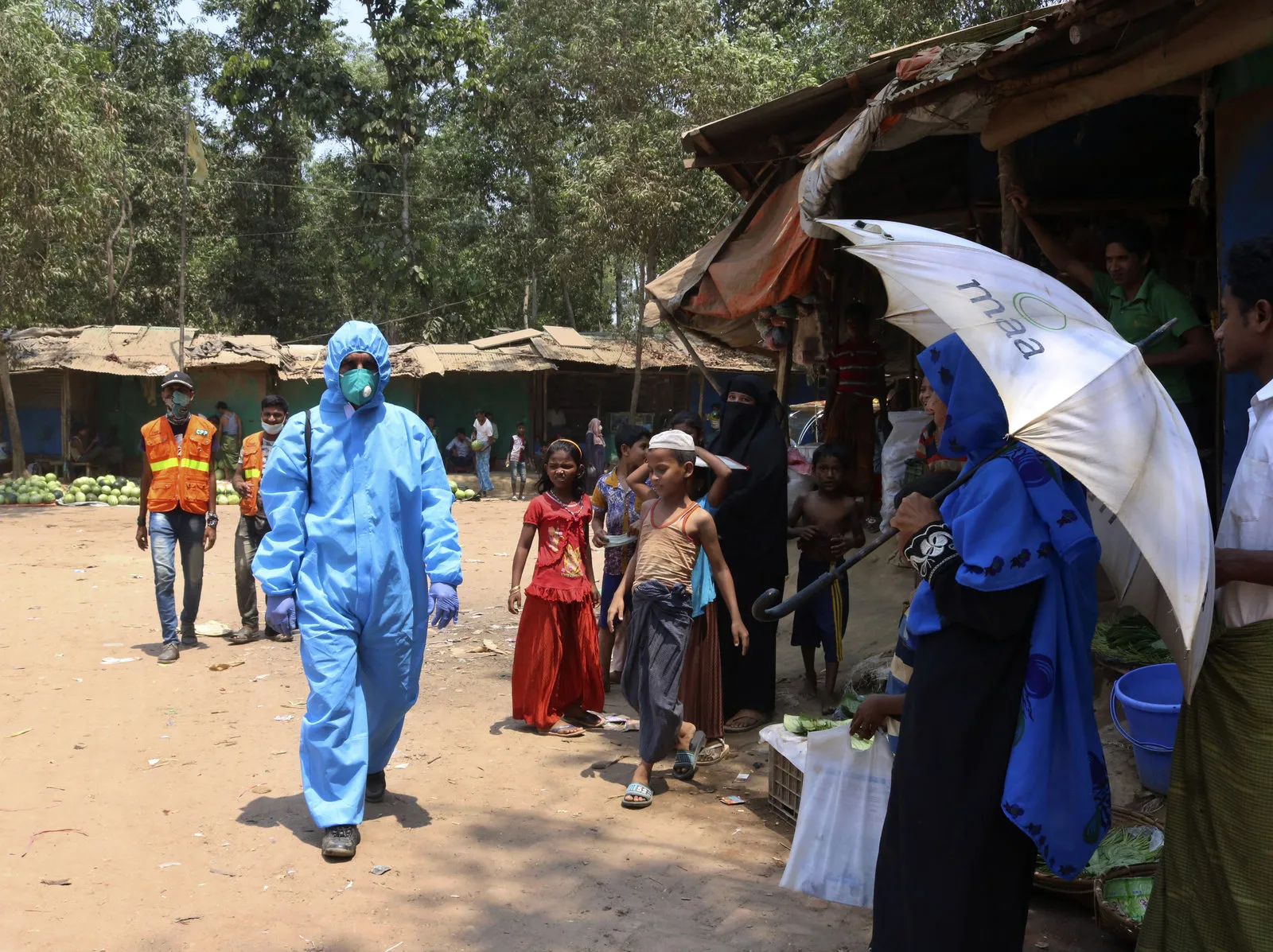Last Thursday, Bangladeshi and U.N. officials confirmed the first two positive coronavirus cases in the camps that shelter about 1 million Rohingya refugees. They involved one refugee and a local resident who lives in a community adjacent to the refugees’ crammed, ramshackle settlements in Cox’s Bazar, a city in southeastern Bangladesh on the border with Myanmar. Given the conditions in many of the camps, experts say, the disease could spread quickly.
“Our worst fears have been realized,” Deepmala Mahla, Asia director for CARE, a humanitarian organization, told Today’s WorldView. “I have no reason to be so optimistic that the confirmed number is the only number.” She warned of the camps’ “highly inadequate hygiene and sanitation facilities,” including shortages of soap and water. The sprawling encampments mark one of the densest places on earth, with more than 70,000 people per square kilometer in certain areas. “Social distancing” in this environment is a virtual impossibility.

